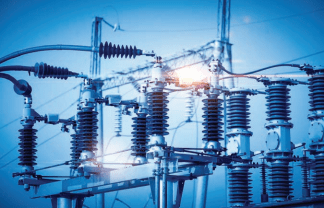Transforming the transformer by Manas Kundu in EPR Mar 2019

The poor financial health of DISCOMs has declined the power sector. While financial approaches for uplifting the sectors have commenced, it is equally important to turn our focus on the distribution network assets, preferably, on a state level basis and recognise opportunities to improve upon them; the legacy assets. This could be a boon to the entire business value chain. One such key opportunity is the asset we call distribution transformer (DT). DT is one of the most important and high CAPEX asset for Indian DISCOMs. For overall DISCOM viability, it is important that each individual DT is turned into a profit centre. It is estimated that of 14 per cent national average AT&C losses, at least 3-4 per cent can be attributed to technical losses within DTs and that they can be brought down to 0.5 per cent and below. The cumulative losses as of March 2015 stood at `3,60,700 crores.
Insufficient investment in system development, as well as unplanned extensions of distribution system, are resulting in high technical losses. One of the reasons for the increasing trend of these losses in DTs is poor efficiency due to either uncontrolled load meeting or unbalanced loading conditions. More than 80 per cent of the DTs in the network are older than five years and were designed as per Indian Standard IS 2026 with lower efficiency and higher allowed temperature rise as compared to today’s prevailing benchmark standards IS 1180-2014. Transformer designed as per IS 2026 has a lower efficiency as compared to the current ones in alignment with National Star Rating programme of Bureau of Energy Efficiency (BEE) . They also have higher top oil and winding temperature rise compared to the recently revised standard IS 1180-2014. Due to this, when these transformers are subjected to operating conditions like transformer overloading, it often results in failure/breakdown.

